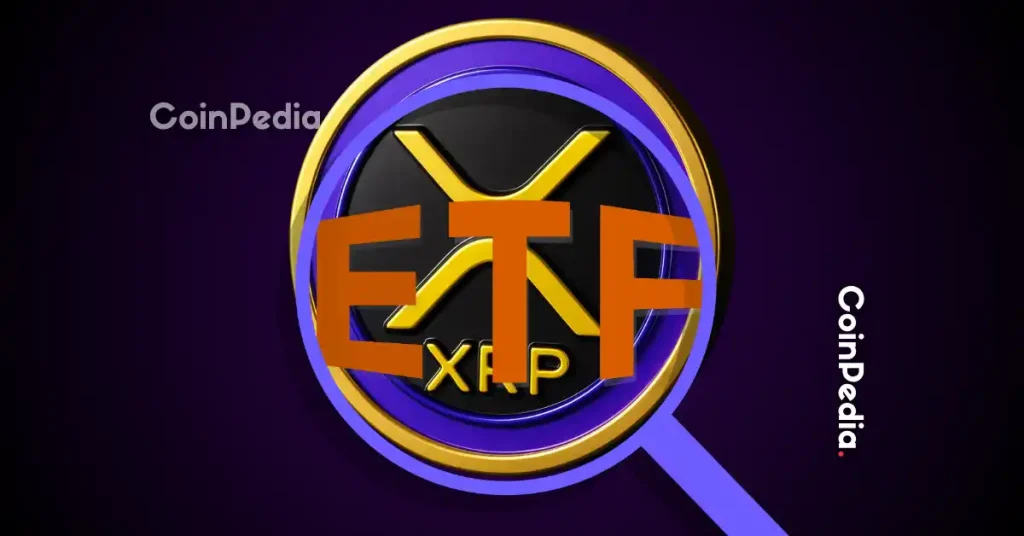Franklin Templeton Removes SEC Clause, Bringing XRP Spot ETF Closer to Approval

The post Franklin Templeton Removes SEC Clause, Bringing XRP Spot ETF Closer to Approval appeared first on Coinpedia Fintech News
The race to launch the first XRP Spot ETF is officially heating up and Franklin Templeton just made a major move that signals it’s getting close to the finish line.The global investment giant has quietly updated its XRP ETF filing, removing the 8(a) clause, which could have delayed approval by the U.S. Securities and Exchange Commission (SEC).
Franklin Templeton Drop 8(a) Clause
On November 4, Franklin Templeton filed an updated S-1 for its XRP ETF, removing the “8(a)” clause, a rule that previously allowed the SEC to delay approval at its discretion. This change could allow the ETF to become automatically effective after the 20-day waiting period, even if the SEC remains inactive due to a government shutdown.
Meanwhile, ETF experts analyst James Seyffart confirmed the update, noting it reflects Franklin Templeton’s clear intent to speed up the launch and bring the fund to market as soon as possible.
Experts say the approval of an XRP spot ETF could attract major institutional inflows, as investors look for exposure beyond Bitcoin and Ethereum. With XRP’s strong use case in cross-border payments and Ripple’s growing network of banking partners, many believe this move could mark a turning point for XRP adoption in traditional finance.
Institutions Show Growing Interest in XRP ETFs
Franklin Templeton’s latest update puts it alongside Bitwise and Canary Funds, who also revised their XRP ETF filings to speed up approval. Canary Funds is eyeing a November 13 launch, while Bitwise confirmed plans to list an XRP ETF soon.
These quick moves show rising institutional demand for XRP, which is now being seen as more than just a crypto token, it’s gaining recognition for its real-world payments use. Although the SEC hasn’t made a final decision yet, Franklin Templeton’s update hints that approval could be close. If cleared, XRP would join Bitcoin and Ethereum as a tradable spot ETF.
Impact on XRP Price
Despite the excitement around Franklin Templeton’s XRP ETF filing, the XRP price hasn’t reacted as many expected. Instead of climbing, it slipped by 1.4% in the past 24 hours, dropping to around $2.24, with its market cap now sitting near $134 billion.
This mild pullback shows that traders are waiting for official confirmation from the SEC before making big moves. Analysts, however, remain optimistic. They believe that once the XRP Spot ETF gets approved, it could trigger a strong rally potentially pushing XRP back toward its all-time high of $3.80.
You May Also Like

Legacy Meme Coin vs Meme-to-Earn Innovation – Who’s Winning the 2025 War?

Thailand's Finance Minister: Regulatory oversight of cryptocurrencies, gold, foreign exchange, and cash transactions will be strengthened.
